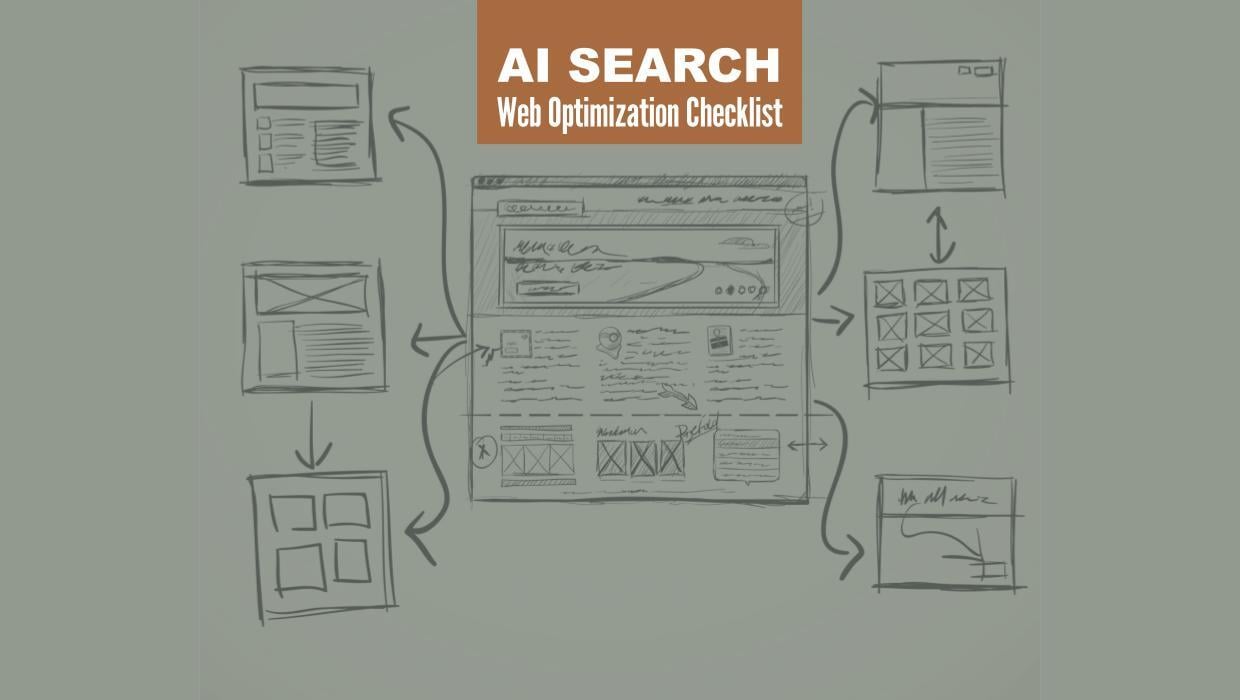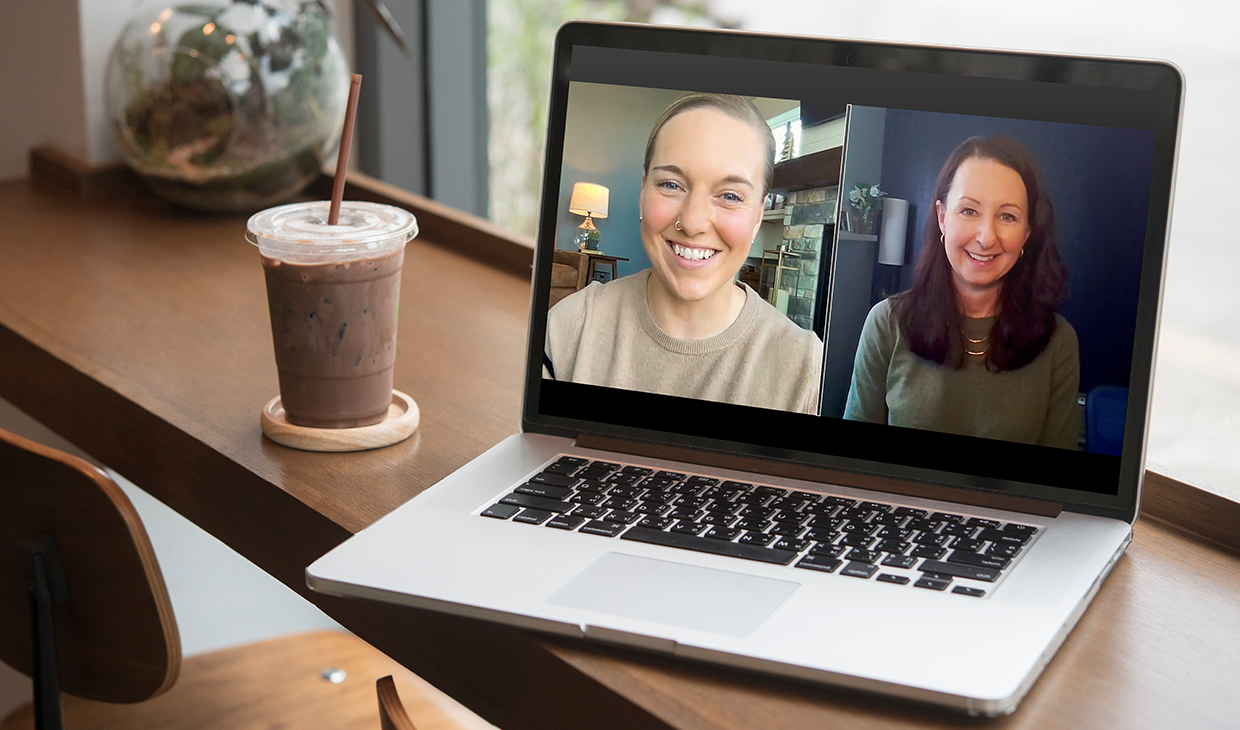HubSpot Lead Scoring Is Changing: What to Know & What to Do Before August 31
Written by
If you use HubSpot lead scoring, your automation could be about to break.
If you’re using the legacy “HubSpot Score” property, your workflows, alerts, and automation will stop functioning on August 31, 2025.
HubSpot is permanently retiring its legacy lead score property, and existing scores will no longer update as records meet scoring rules or criteria. Translation: the scoring system you’ve built your sales qualification around stops working overnight.
But here’s what most people miss: this isn't just a technical migration. It's a forced rebuild that most companies need right now, anyway. The legacy system had limitations, like limits on active scoring criteria and no company-level scoring. This isn’t another normal backend update. It’s actually a rare chance to rebuild smarter, using a scoring system that better reflects buyer intent today.
If you’re a B2B marketer or sales leader relying on HubSpot to identify sales-ready leads, this video blog walks you through:
- What the legacy score property is
- What HubSpot is changing and when
- Why it matters for lead qualification and MQL definitions
- How to transition (step-by-step) to HubSpot’s new Lead Scoring tool
NB: The deadline is firm. As of now, you can’t create new legacy scores or edit existing ones. After August 31, everything stops updating.
I'll show you exactly how to handle it without disrupting your sales process.
What’s Changing in HubSpot’s Lead Scoring Tool, and When?
If your automation depends on the HubSpot Score property, here’s what will stop working on August 31:
- Workflows using score-based triggers won’t fire
- New leads won’t be scored
- Contact segmentation will become inaccurate
Go into your HubSpot portal right now and check Settings > Properties > Contact Properties.
Filter by “Score” and review the “Used In” column. Every workflow, list, and report listed there will break on August 31.
Why This Matters for Lead Qualification
Sales engineers, field techs, and service reps have the stories buyers trust. Give them flexible ways to contribute: recorded interviews, asynchronous chats, or ghost‑written bylines.
Lead scoring is the system that helps sales teams know when to act. If the score stops updating (or worse, is outdated), it disrupts your funnel.
This change forces a valuable reset that lets you re-evaluate what buying signals truly matter in your context.
“We decided this was a great time to redo our lead scoring tool… something we set up a long time ago. Over time you add to it, remove from it, but then it's not really functioning the way you wanted it to anymore.”
Whether your current model over-scores bad leads or ignores high-intent behaviors, now’s the moment to fix it — with better tools.
Watch My Walkthrough of How to Audit Your Current Scoring Setup
In this video, I show you exactly where to find your score properties and identify what will break when the sunset hits. I also explain why this is actually a good opportunity to rebuild your scoring from scratch.
If your workflows depend on Score property triggers, three things break on August 31:
- Qualification workflows stop firing — Leads who should become MQLs stay unqualified
- New leads receive zero scores — Your entire intake process goes blind
- Existing contact segments become static — Lists based on score ranges freeze in place
You won't get alerts when this happens. Leads will accumulate in your database unscored while your sales team wonders why qualified prospects stopped flowing through.
Why This Forced Migration Actually Helps
In my experience working with HubSpot implementations, most legacy scoring models accumulate years of conflicting rules that no longer reflect actual buying behavior. I tell clients this all the time: “Your current scoring probably over-scores email opens and under-scores high-intent actions like pricing page visits.”
We — and by “we,” I mean Weidert Group — decided this was the perfect time to revamp our own lead scoring model, something we set up a while ago.
The forced migration solves this accumulated technical debt while giving you access to much better tools.
How HubSpot’s New Lead Scoring Tool Works
HubSpot's new lead scoring tool allows you to create engagement scores (based on actions), fit scores (based on demographics), and combined scores that evaluate both factors.
I’ve been testing the new tool extensively, and it has more features than the legacy system. Here’s what actually improves:
- Split scoring models: Instead of one generic score, you can separate engagement (how interested they are) from fit (how well they match your ICP). I recommend most clients start with a combined score that tracks both
- Enforced score limits: The old property tool didn’t enforce score limits; you had to manage that yourself. Now the system caps scores at whatever limit you set (I recommend 100 points). This prevents runaway scores where highly engaged but unqualified leads accumulate hundreds of points
- Score decay: This is my favorite new feature. You can reduce scores by a percentage over time. If someone clicks an email link for 5 points, that can decay to 2.5 points after a month, and so on. It keeps your scoring focused on recent buying signals
Distribution preview: Before you activate any scoring model, you can preview how your existing contacts would be distributed across high/medium/low categories. No more guessing if your thresholds make sense
Watch My Walkthrough of the New Lead Scoring Tool Setup
In this video, I build a complete engagement score from scratch, showing you how to set up event groups, configure decay settings, and use the distribution preview to calibrate your thresholds.
Key Features That Improve Lead Quality
Based on my client work, here are the most impactful improvements:
|
Feature |
What It Does |
Why It Matters |
|
Score Limit |
Caps the maximum points a lead can earn |
Prevents runaway scores |
|
Score Decay |
Lowers score as activity ages |
Prioritizes recent actions |
|
Engagement vs. Fit Models |
Separates behavior from profile data |
More accurate targeting |
|
Distribution Preview |
Shows score spread across contacts |
Helps calibrate thresholds |
Step-by-Step: How to Set Up the New Lead Scoring Tool (Plus Recommended Timeline)
Phase 1: Audit What Will Break (Complete by August 1)
-
Check your Score properties: Go to your properties, choose “Score” from the dropdown, and you’ll see the different score properties you have.
-
Find what’s using them: Scroll over to “what it's used in,” and you'll be able to see where you're using it.
-
Document everything: Take down the information so you can use this information to recreate in your setup with the new lead scoring tool.
-
Audit your current setup: I recommend viewing this as a great time to redo your lead scoring model and ensuring it’s functioning in a way that actually produces qualified leads
Phase 2: Build New Scoring Models (August 1-15)
-
Navigate to Lead Scoring: Go to Marketing > Lead Scoring (requires Marketing Hub Pro+)
-
Choose Your Model Type: Fit or Engagement
-
Contact Fit Score: For demographic properties like job titles, company size, industry qualification
-
Contact Engagement Score: For activities/behaviors like website visits, email clicks, content downloads
-
Combined Score: For overall qualification (what I recommend for most clients)
-
Set Score Limits: I recommend 100 points maximum. The system now enforces this as a default.
-
Add Scoring Criteria Groups:
-
High-intent actions: e.g. Pricing page visits (+15), demo requests (+25)
-
Medium-intent actions: e.g. Blog reads (+3), email opens (+1)
-
Qualification criteria: e.g. Target job titles (+10), company size match (+5)
Need a refresher on terms and their meanings? Here’s a glossary.
-
- Configure Score Decay: I typically set 30-90 day decay periods. For example, reduce scores by 50% each month so old activity loses relevance.
- Test with Distribution Preview: This shows you how existing contacts would score. Adjust thresholds until you get a meaningful distribution across high/medium/low categories.
Phase 3: Replace Legacy References in HubSpot Tools
- Update Each Identified Workflow: Replace every workflow trigger that used the legacy HubSpot Score property with your new scoring properties.
- Rebuild Score-Based Lists: Any contact lists using HubSpot Score property filters need to be rebuilt with new scoring criteria.
- Update Reports and Dashboards: Replace references to the legacy HubSpot Score property with new scoring properties.
- Align the Sales Team: Ensure everyone understands new scoring thresholds and what qualifies as sales-ready.
- Test Everything: Before the sunset date, ensure all new workflows and automations are functioning correctly.
Phase 4: Go Live & Monitor
- Activate your new scoring model: Once you're satisfied with the preview distribution and have updated all assets.
- Monitor performance: Watch how leads flow through your new qualification process.
Fine-tune if needed: Adjust thresholds based on real performance data.
Don’t Copy-Paste! This is a Reset, Not a Replication
Every client migration I've done becomes an opportunity to fix years of accumulated scoring problems. Use this transition to:
- Eliminate scoring inflation: Remove criteria that don’t actually predict sales readiness
- Align with current ICP: Update demographic scoring to match your actual best customers
- Balance engagement vs. fit: Ensure both behavioral and demographic signals matter
- Set realistic thresholds: Use distribution preview to set MQL scores that actually work
This sunset is more than a to-do item. It’s also an opportunity to:
- Eliminate legacy scoring baggage
- Align scoring with your current ideal customer profile (ICP)
- Ensure marketing and sales agree on what qualifies as “ready”
Common Migration Mistakes I See
- Copying legacy rules exactly: Your old scoring probably needed fixing anyway.
- Ignoring score decay: Without decay, old activity inflates scores indefinitely.
- Skipping distribution testing: Always preview how your thresholds affect real contacts.
Forgetting company-level scoring: The new tool allows company scoring, which wasn't possible with legacy properties
Frequently Asked Questions
Q: What happens if I don't migrate by August 31?
A: Your existing score properties will stop updating permanently, breaking any workflows, alerts, or reports that depend on them. Leads will stop being scored entirely, and you won't get any alerts when this happens.
Q: Can I export my legacy scoring data?
A: Yes, export contact data including current scores before August 31. The historical scores will remain as static values, but won't update.
Q: How long does migration typically take?
A: In my experience with client migrations, plan 2-3 weeks: 1 week to build new models, 1 week to update assets, and 1 week buffer for testing.
Q: Will my MQL definitions need to change?
A: Probably yes. I find that new scoring models often reveal previous MQL thresholds were too high or too low. Use the distribution preview to set more accurate thresholds.
Q: Is the new tool available in all HubSpot plans?
A: The Lead Scoring tool is available in Marketing Hub Professional and Enterprise plans.
Next Steps
Action Items Before August 31
- Audit where your Score property is used in workflows, alerts, and reports
- Create your new scoring models and align thresholds
- Replace old score references with the new scoring tool in all assets
Ultimately, this is a great chance to rebuild your scoring models to improve MQL-to-SQL conversion rates, use score decay to help keep your funnel fresh and relevant, and help your sales team prioritize the right leads. And if you’re looking for more hands-on walkthroughs, tips, and tricks, check out more of our HubSpot how-to videos.
If all this sounds daunting and you and your team need help migrating to the new Lead Scoring tool, reach out!
Need help migrating? Explore our HubSpot implementation services
Lead scoring is just one piece of a well-aligned revenue operations team. Get our complete guide to RevOps for industrials below.
Subscribe To Our Blog
Information. Insights. Ideas. Get notified every time a new Weidert Group blog article is published – subscribe now!
You May Also Like...

Search Engine Optimization
Optimize Your Industrial Website for AI Search

Marketing Technology
Why Unified Data Efforts Fail (and How Manufacturers Can Fix It)

Search Engine Optimization
How Falcon Rebuilt Industrial AI Search Visibility in 2025
Accelerate Your Growth with
Weidert Group
If you’re ready to explore a partnership, request a personalized consultation with our team.

